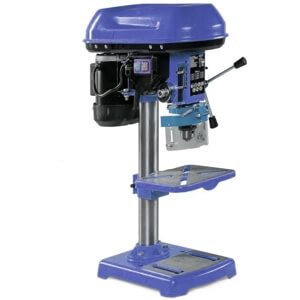Pillar drill Risk Assessment

A comprehensive Risk Assessment for using a pillar drill, highlighting the potential risks and control measures to reduce the likelihood of injury occurring.
This document is:
- Recognised by local authorities
- Recognised by principal contractors
- Suitable for CDM sites
- Approved by H&S managers
It increases your chance of winning tenders and has been written by trained health and safety professionals.
If you want others to have confidence in your company, download and buy the proper documents today.
As with all our documents, our risk assessments are in Word™ format and available for instant download and use. You only need to buy them once.
Once you buy and download this document, it's yours for life to use repeatedly.
Download today's risk assessment, put your company details on it, and use it immediately.
Give people confidence in you, your company, your products and services.
Some sample text from this document reads:
'Injury from noise'
• Workers and others in the vicinity may suffer temporary or permanent hearing loss from exposure to noise
• Consideration of tools' noise output when selecting tools and low-noise tools used where possible
• Adequate PPE for noise suppression supplied and used
• Operatives toolbox talked about noise exposure at induction
• Exclusion zones set up around noisy machinery
• Follow the data and manufacturers' lines to limit personal noise exposure.'
GET THIS DOCUMENT
£8.99+VAT
- Available in Word™
- Fully customisable
- Add your Company Logo
- UK & EU Compliant

 CART
CART